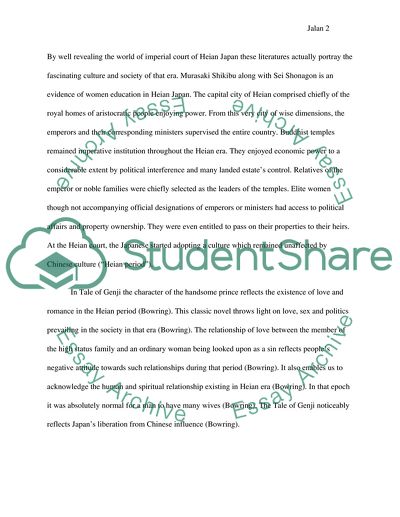Cite this document
(“Heian Japan Essay Example | Topics and Well Written Essays - 1000 words”, n.d.)
Retrieved from https://studentshare.org/miscellaneous/1539696-heian-japan
Retrieved from https://studentshare.org/miscellaneous/1539696-heian-japan
(Heian Japan Essay Example | Topics and Well Written Essays - 1000 Words)
https://studentshare.org/miscellaneous/1539696-heian-japan.
https://studentshare.org/miscellaneous/1539696-heian-japan.
“Heian Japan Essay Example | Topics and Well Written Essays - 1000 Words”, n.d. https://studentshare.org/miscellaneous/1539696-heian-japan.


